In recent years, millions of people around the world have become familiar with the sound of Hare Krishna.
Known as the Hare Krishna Maha Mantra, this mantra has transcended temples and entered yoga studios, mindfulness retreats, and even popular culture.
While it’s often chanted in mantras and satsangs, many still wonder about the Hare Krishna Mantra translation and why this simple, sacred chant has captured the hearts of people across cultures. In this article, let’s delve into its history, origin, and translation in depth.
The Hare Krishna Maha Mantra – Original Sanskrit Form
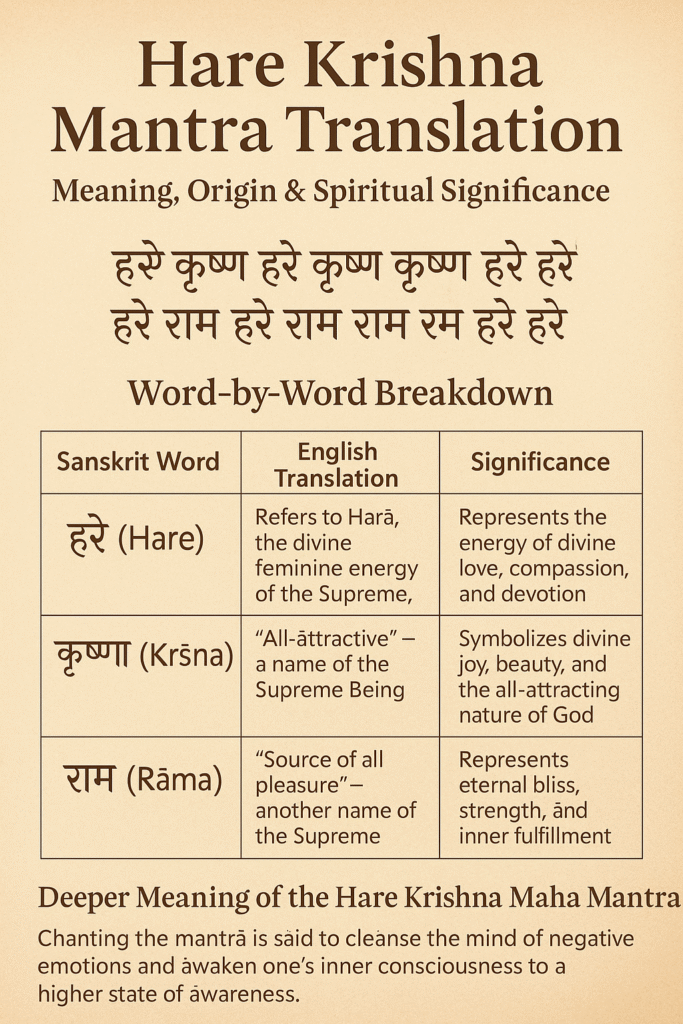
The full mantra, as found in the Kali-Saṇṭāraṇa Upaniṣad, a sacred text of the Krishna Yajurveda is written in Sanskrit as:
हरे कृष्ण हरे कृष्ण कृष्ण कृष्ण हरे हरे
हरे राम हरे राम राम राम हरे हरे
This sixteen-word maha-mantra is revealed by Lord Brahmā to Sage Nārada as the supreme means of spiritual liberation in the age of Kali.
Transliteration:
Hare Krishna Hare Krishna Krishna Krishna Hare Hare,
Hare Rama Hare Rama Rama Rama Hare Hare.
Unlike many ritualistic mantras that require precise pronunciation, Vedic initiation, or priestly guidance, this ancient Sanskrit mantra stands out for its openness and simplicity.
It can be recited by anyone regardless of religion, background, language, or spiritual initiation.
Hence, its universality makes it one of the most inclusive spiritual practices in the world, embodying the timeless Hindu belief that divine connection is available to all who sincerely seek it.
Hare Krishna Mantra Translation (Word-by-Word Breakdown)
To understand the Hare Krishna Mantra Translation in its purest form, let’s look at each of these Sanskrit words individually:
| Sanskrit Word | English Translation | Significance |
| हरे (Hare) | Refers to Harā, the divine feminine energy of the Supreme, often associated with Goddess Rādhā | Represents the energy of divine love, compassion, and devotion |
| कृष्ण (Kṛṣṇa) | “All-attractive” — a name of the Supreme Being | Symbolizes divine joy, beauty, and the all-attracting nature of God |
| राम (Rāma) | “Source of all pleasure” — another name of the Supreme | Represents eternal bliss, strength, and inner fulfillment |
In essence, the mantra means:
“O Energy of the Divine (Hare), O Supreme Lord (Krishna and Rama), please engage me in Your loving service.”
Deeper Meaning of the Hare Krishna Maha Mantra
Beyond its literal translation, the deeper meaning of the Hare Krishna Maha Mantra lies in its spiritual intent. Chanting the mantra is said to cleanse the mind of negative emotions and awaken one’s inner consciousness to a higher state of awareness in the Kali Yuga.
In the Bhakti (devotional) tradition, कृष्ण (Kṛṣṇa) and राम (Rāma) (incarnations of Vishnu Bhagwan) are not distant deities but embodiments of divine love, joy, and bliss.
The word हरे (Hare) is the vocative form of हारा (Harā), a name of Śrī Rādhā, the divine feminine energy of Krishna. By calling out “Hare,” the devotee appeals to Rādhā’s compassionate grace, asking Her to connect the soul with Krishna through pure love and devotion.
The inclusion of राम (Rāma) in the mantra carries profound meaning.
Traditionally, Rāma can be understood in two ways:
- As Lord Rāma, the incarnation of the Supreme who embodies righteousness (dharma), strength, and compassion, reminding the chanter of divine virtue and balance.
- As a name of Kṛṣṇa Himself, meaning “He who brings supreme joy” (Rāma = “the source of eternal bliss”).
In this sense, Rāma represents the state of spiritual happiness one experiences through loving union with the Divine.
Thus, every repetition of the mantra becomes a loving dialogue between the soul and the Divine Bhagvan Krishna, guiding the heart beyond ego, material attachment, and self-interest.
A Timeless Mantra Beyond Boundaries
The Hare Krishna Mantra Translation reveals more than just the literal rendering of ancient Sanskrit words; it unveils a universal call for love, peace, and divine connection.
Whether it be chanted by devotees or sung or whispered during meditation, its message remains the same: to awaken our inner joy and reconnect with the divine source within.
Simple yet profound, ancient yet timeless—the Hare Krishna Maha Mantra continues to inspire millions around the world.
If you found this blog insightful, dive deeper into Hinduism’s timeless wisdom by exploring more articles on our website!
Read Next:
The 3rd House in Astrology: The House of Communication, Siblings, Courage & Short Travels
Note: All twelve houses’ blogs feature a similar pattern for ease of understanding, hence, certain…
The 2nd House in Astrology: The House of Wealth, Family, Values & Food
There are 12 houses in astrology. Each house represents certain specific areas of life. The…
The Complete Guide to Chitra Nakshatra
The fourteenth Nakshatra in Vedic Astrology, the Chitra Nakshatra, spans the last degrees of Virgo…
27 Nakshatras in Vedic Astrology: A Complete Guide
In Vedic astrology (known as Jyotisha), the sky is divided into 27 Nakshatras or lunar…
12 Houses of Astrology: What Each House Means in Your Life
When I first opened my birth chart, it felt like a wheel with 12 slices….
What is the Symbol of Hinduism?
Hinduism doesn’t have a single primary god or a single main holy book. Similarly, we…
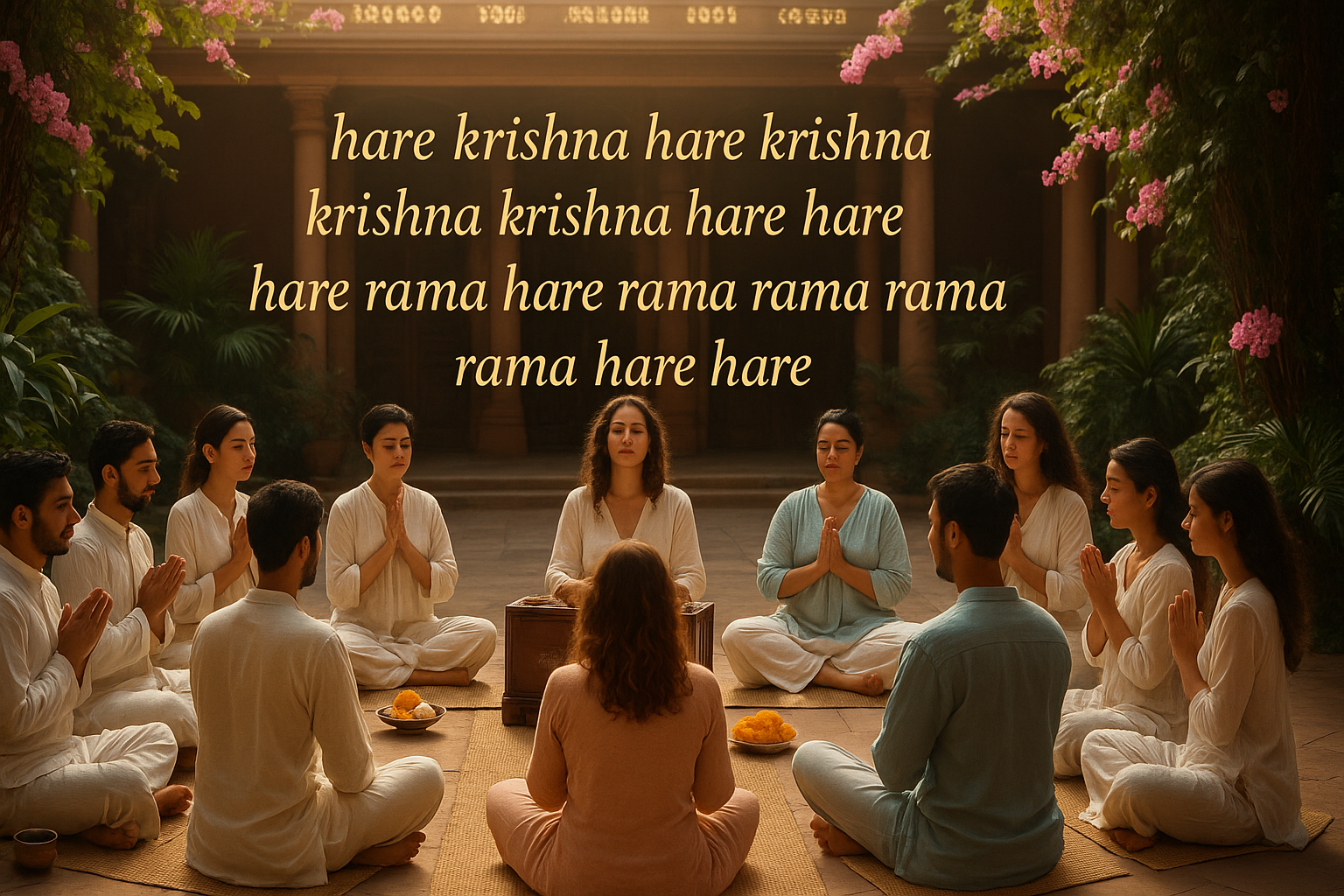


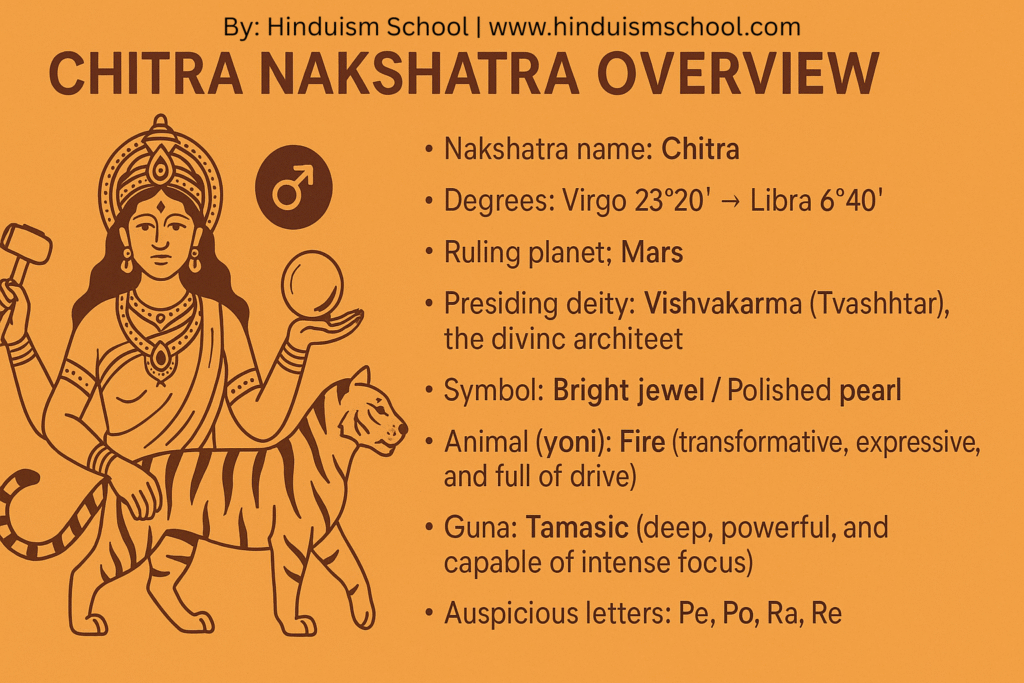
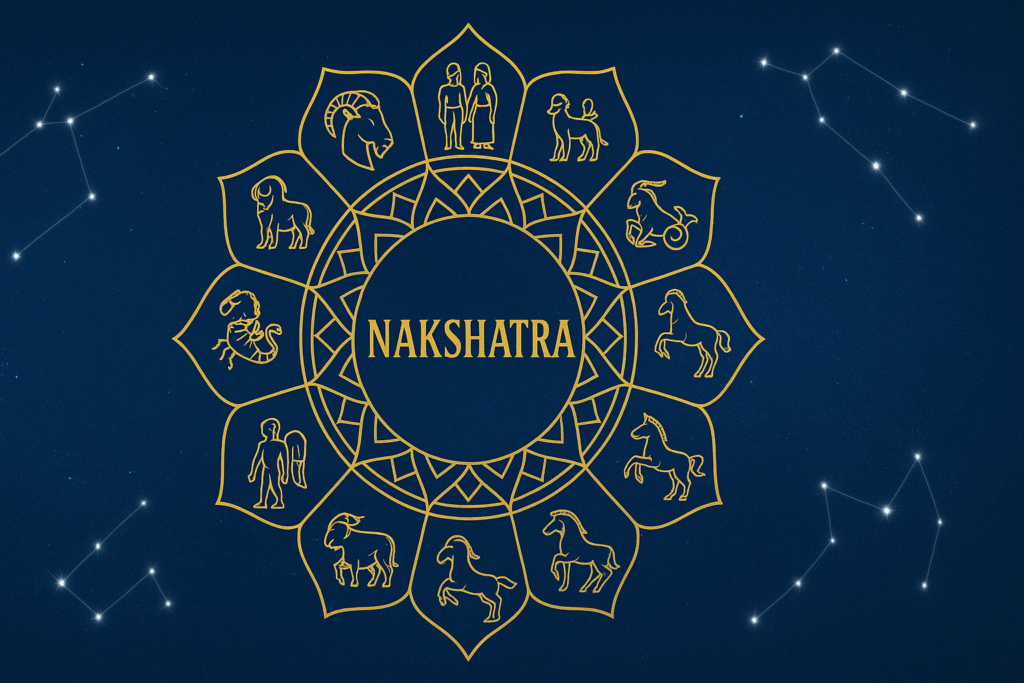
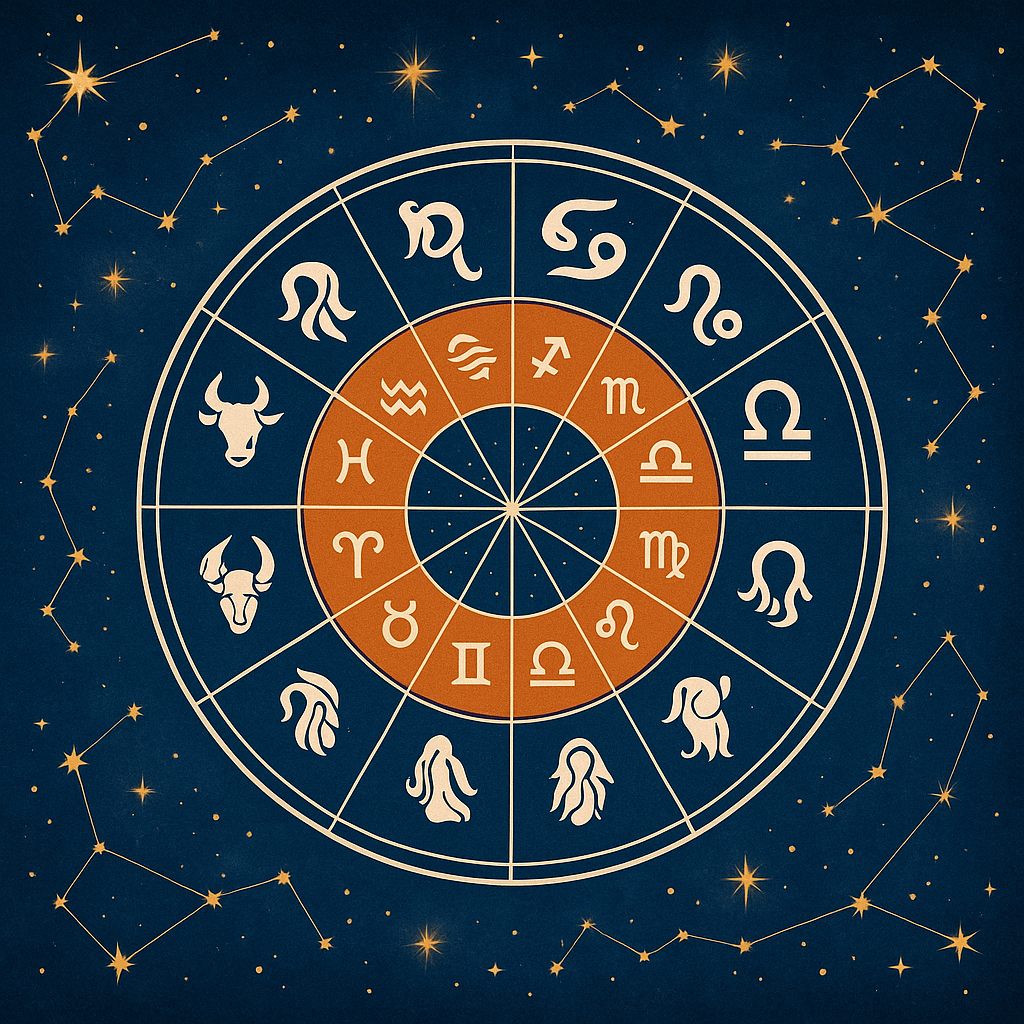
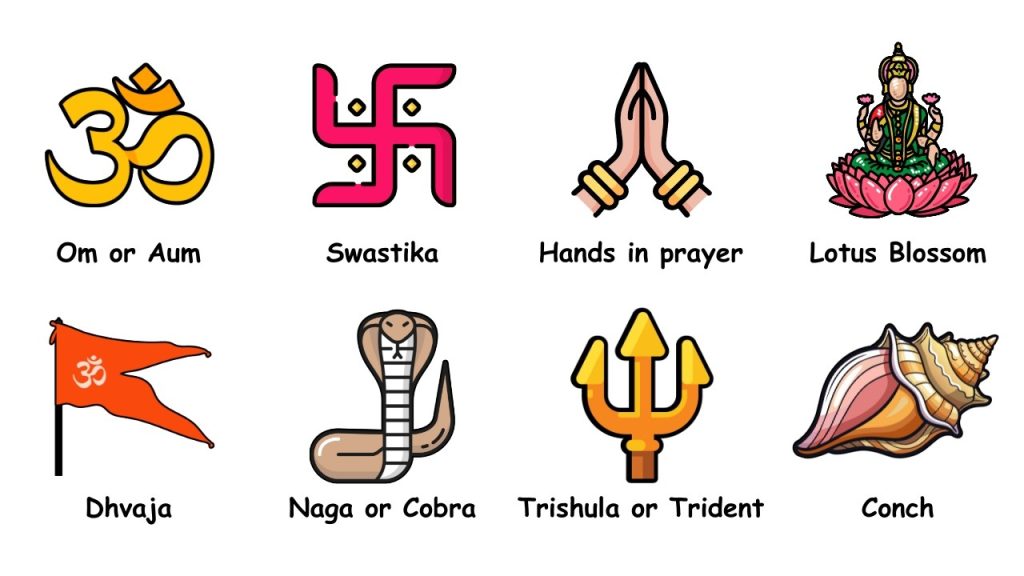
Leave a Reply